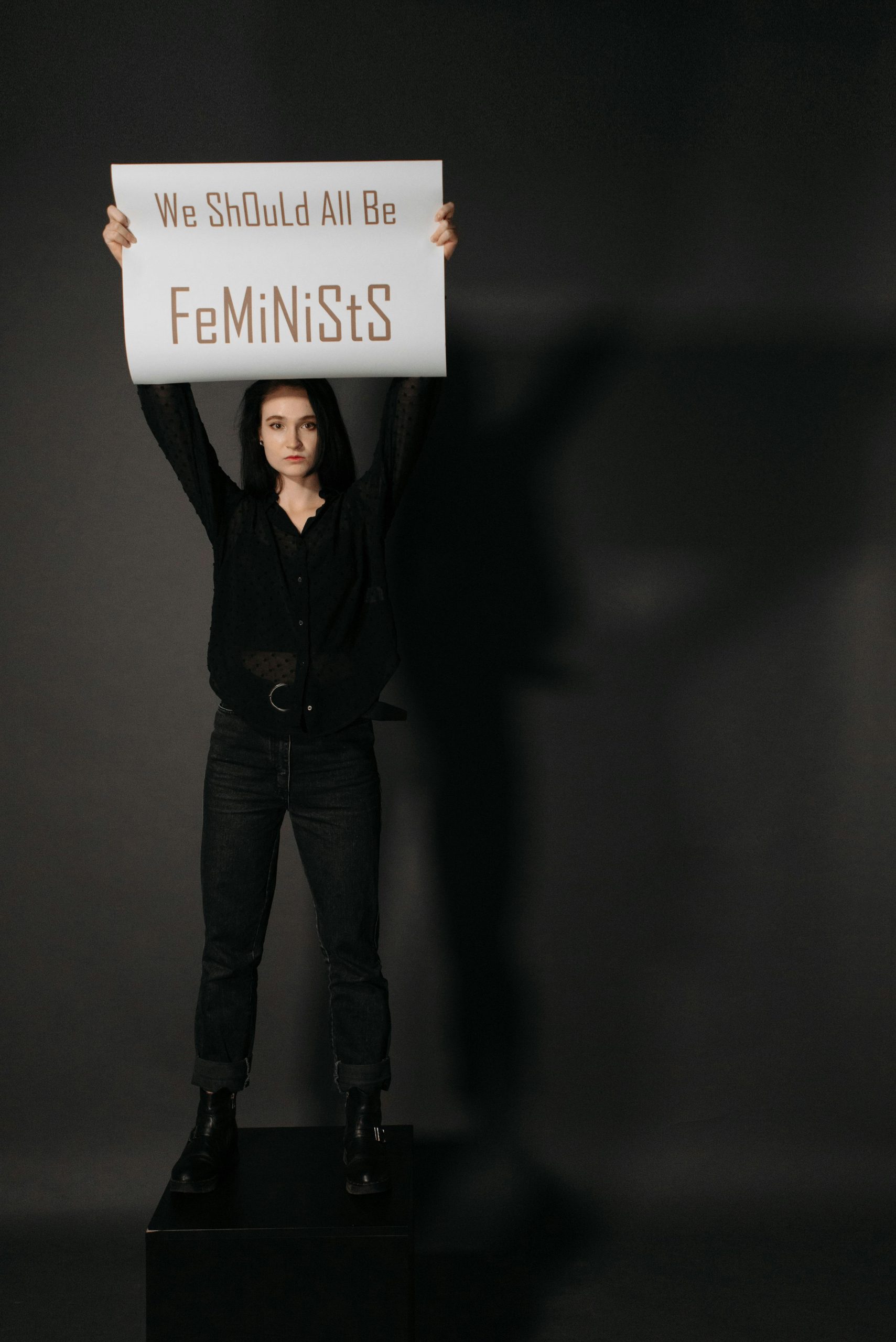How to Identify and Remove a Persistent Wallpaper Script on Windows 10
If you’ve ever found yourself with a bizarre wallpaper that changes to an image of two monkeys every so often, you might be dealing with a simple script written to change your desktop background without your consent. This guide outlines how to identify and remove such a script from your Windows 10 computer, ensuring your desktop is restored to normalcy.
What’s Going on with Your Computer?
Recently, a friend of mine had a little fun and created a script on my laptop. This script automatically changes my desktop wallpaper to a specific image—one of two monkeys—every 10,000 seconds, or every time I power on my device. It’s a relatively straightforward script, suggesting it wouldn’t take much to track down.
If you find yourself in a similar situation, it’s essential to know what type of script you may be dealing with and how to locate and eliminate it effectively.
Searching for the Culprit
Initially, I began my search by looking for any batch files (.bat) modified around the time my friend wrote the script. When that didn’t yield any results, I expanded my search to JPEG files, only to discover something peculiar. After taking a closer look, I found an image file that rang a bell and noted its path could have hinted at something being amiss.
To tackle the problem:
-
Check for Known File Types: Look for common file types associated with scripts such as
.vbsor.bat. Using file explorer to sort by date modified can help locate recently added files. -
Consider Task Manager and Startup Items: Sometimes, scripts run at startup. You can check the Task Manager (Ctrl + Shift + Esc) under the ‘Startup’ tab to disable any suspicious entries.
-
Inspect Scheduled Tasks: Some scripts may be set to run at specific intervals via the Task Scheduler. A quick glance here can uncover any hidden scripts.
Take Action
After some digging, I identified a .vbs file associated with the wallpaper change. This prompted me to clean up:
- I deleted the monkey image from my computer.
- I disabled an entry in the Task Manager’s startup section.
- I moved the
.vbsfile to my desktop for reference.
Upon restarting my laptop, however, the monkeys returned! This indicated there was likely another copy lurking somewhere.
Further Investigation
Continuing my search, I discovered an unexpected copy of the wallpaper script
Share this content:



